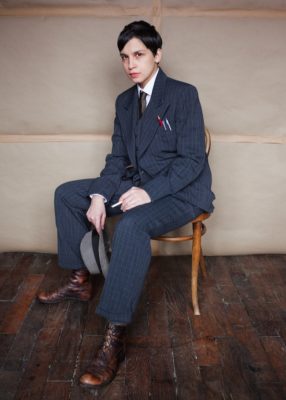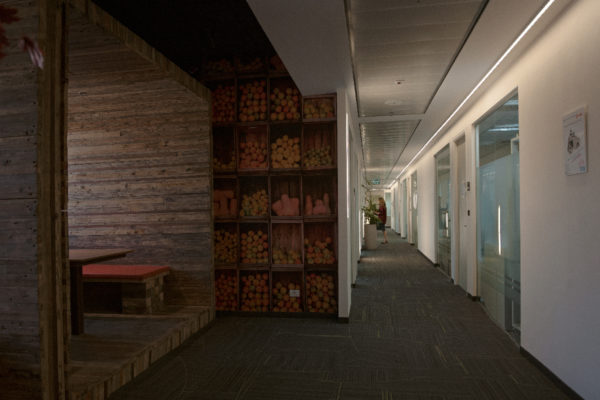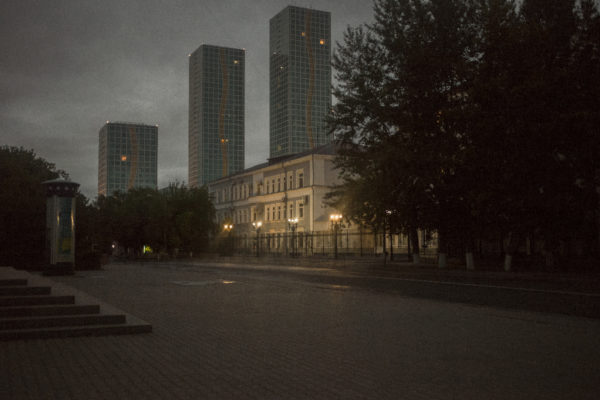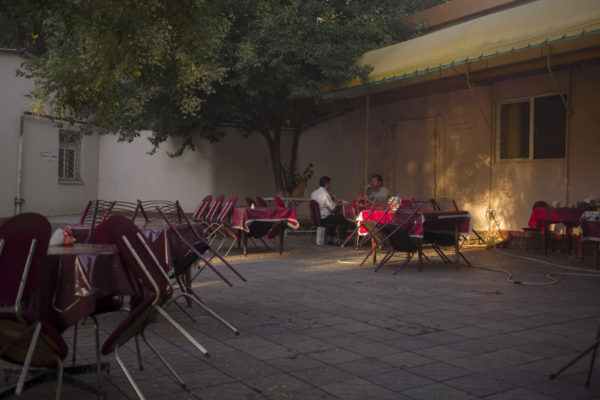Mari Bastashevski
Danish artist Mari Bastashevski was born in Saint Petersburgin 1980, and currently divides her time between Switzerland and France. She studied Art History, Genocide studies, and later on photography at the Danish Media and Journalism School. In 2011, she was artist in residency at the Cité internationale des arts in Paris, and in 2013 she received a Magnum Emergency Fund award.
Her ongoing, long-term project State Business, launched in 2010, focuses on the conflict commodities and surveillance industrial complex. She is also working on two other projects: Privileged/Confidential that explores individual’s attempts to preserve political influence historically, and Empty with a whiff of blood and fumes which addresses the nexus of money, power, and organised crime in Ukraine, as a build-up for the civil war.
Between 2007 and 2010, she worked in the Russian North Caucasus region on File 126, a project on abductions of civilians that took place under the guise of Russian counterterrorism regime. It has been exhibited with Noorderlicht, the Open Society Foundation, Paris Photo, Unseen, and Fotomuseum Winterthur. In addition to personal projects, Bastashevski works as an external researcher with Privacy International and the Small Arms Survey.
Project
State Business
Mari Bastashevski will continue her investigation into the mundane routine of the defense and surveillance trade industries. By means of select case studies of industry participants, it explores the link between past and future conflicts and the hidden-in-plain-sight environments in which the industry operates.
State Business
“War no longer declared but only continued”, Carolyn Forché, 2003
“State Business is a project that sorts through the mundane routine of international conflict commerce, the rationalizations of the business, and the information vacuum that is preserved around it. It does so by taking on specific case studies of services or shipped commodities and following them from the point of manufacture to the final destination. The work consists of five chapters. Two chapters have already been completed. State Business consists of images and texts, each given an equal weight, as well as supporting documents.
The role of photography in this project is to define the extent of photographic access to the institutions and documents involved in the processes. Each image represents a concrete governmental institution, a broker, or a business. Each image is made with the permission of that entity. And when permission is denied, usually due to security reasons, I ask at what distance it can be permitted. At the reception desk? The entrance? From 10 meters away? In a sense, each photograph is thus directed by that entity, and becomes a constructed self-portrait.
Chapter Three is looking at European electronic surveillance, supplied to Central Asian regimes by prominent Israeli and European high tech companies.. Although all business transactions are 100% legal, the Central Asian authorities use these technologies to form legal cases against opposition, journalists, LGBT communities and HR activists.
Chapter Four analyzes the substantial, 3.5 thousand tons airlift of surplus weapons from Croatian stockpiles to Syrian rebels from November 2012 to January 2013. It explains how and why British and American officials were instrumental in putting together the airlift bypassing an arms embargo, and why what was referred to as military aid by the media was in fact a lucrative business transaction.
The goal of this project is not only to help us identify how the process is put into motion and which entities benefit from it, but how information about the industry itself, which is extremely hard to obtain, becomes a commodity in the hands of its sources, each with a political, economical, or personal agenda.”





